by Omi
Henrik Vibskov is the darling of Danish society. Everyone loves his work which sits between conceptual whimsy and commercial predictability. He is as popular as an athlete and as respected as a serious artist. And this collection aptly named Salami - The Kitchen of The Non-Existing, finds equipoise in the constant collision of what ifs and what is. The incorporation of Asian iconography as an expression of that duality added the prerequisite layer of whimsy that makes Vibskov a joy to watch. Garnish aside (in this case salami), the foundational aspect of the show is very much a cartesian deconstruction of history and future along with the narrative that both are built on. Visually appealing, intellectually stimulating, and at times delicious are the words that should be used to describe this presentation of Vibskov's vision. The calligraphy itself was worth coming to the show and everything else was a bonus.
It is hard to find fault in Vibskov's world. And there is no reason not to embrace the narrative suggested in his show. But that being said, this conversation Henrik is trying to have with us from a Mayakovsky-like bully pulpit may be ahead of our time and may leave a bad taste in your mouth as some of us waste food and some of us are starving. Philosophically the role of futurism is entrenched within that moral dilemma of luxury vs necessity. The luxury to have this conversation vs the necessity to survive. It would be unfair to be critical of Vibskov from that perspective as an artist's primary role is to ask questions. And we should not. Ultimately this show lived up to the immense talent Vibskov casually sports every time he decides to produce something. Whether or not philosophically we are able to entertain the underlying hypothesis without being disconnected from our reality is a different question altogether.
































































































